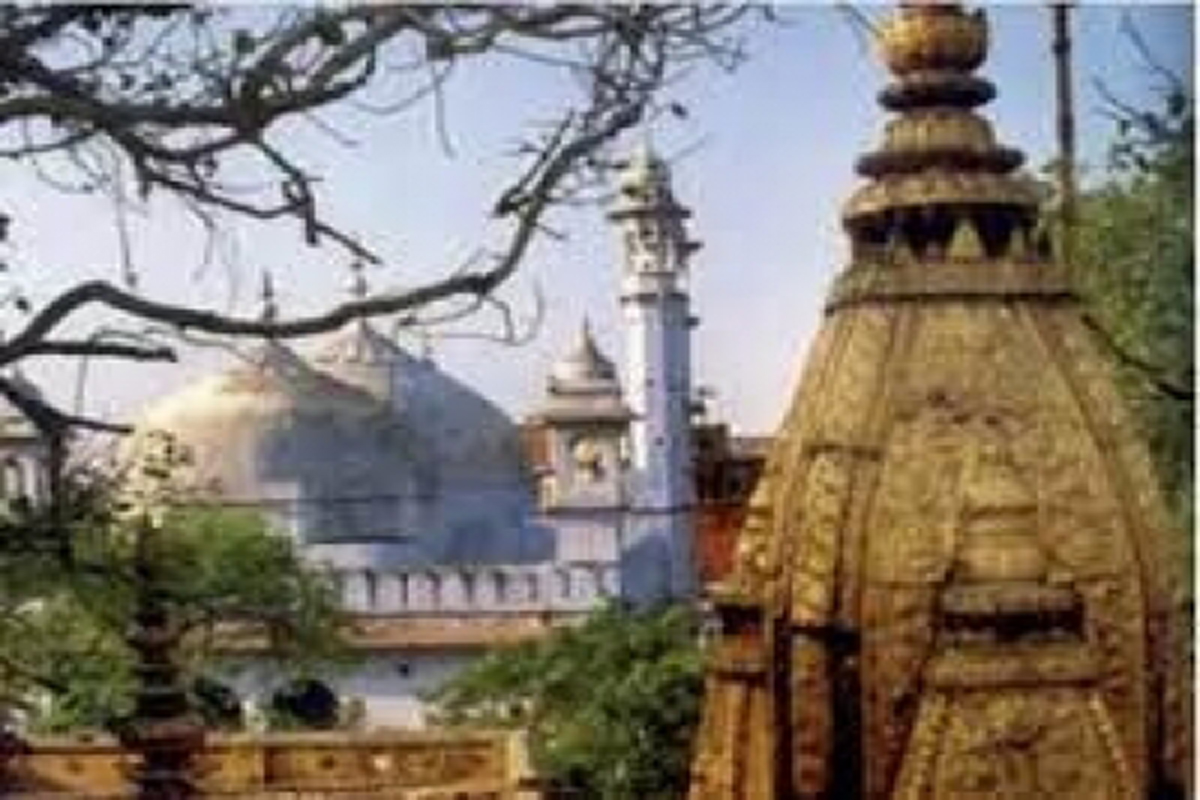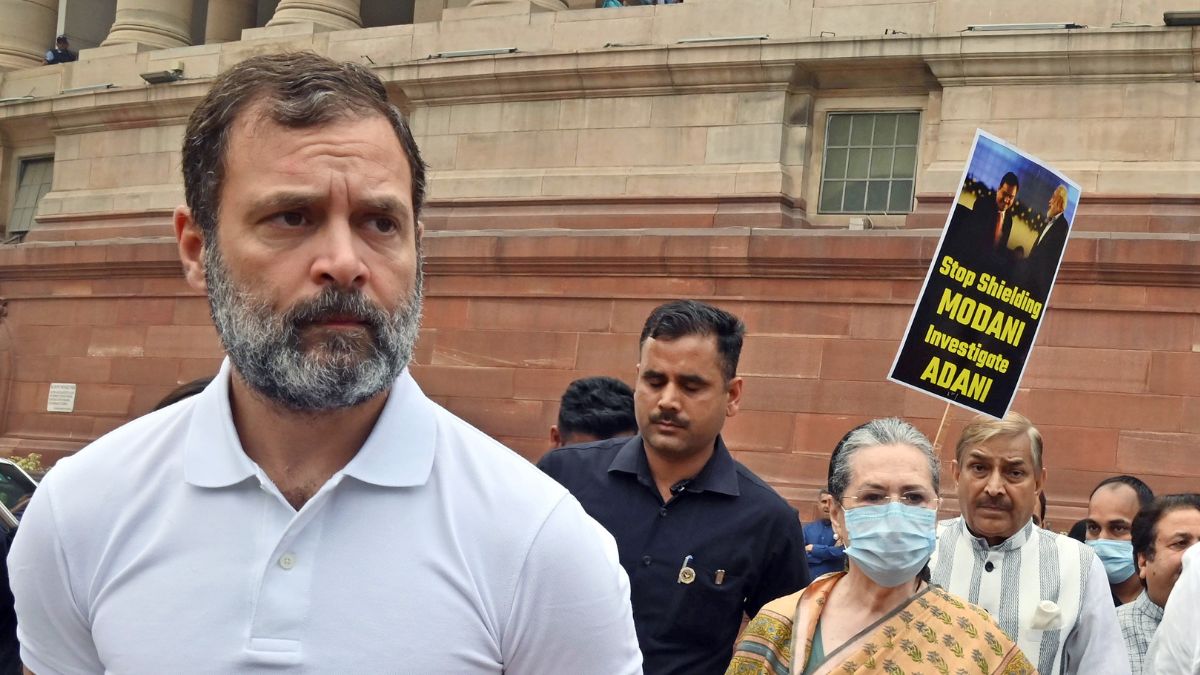Gyanvapi Survey: In a groundbreaking disclosure that has stirred significant attention, the Archaeological Survey of India (ASI) released an extensive report on the Gyanvapi structure, unraveling a tapestry of history that interweaves different cultures and eras. The 839-page ASI survey report, now public, has been meticulously scrutinized, revealing compelling evidence of the site’s multifaceted past.
The Historic Interplay of Cultures at Gyanvapi
The Gyanvapi complex, a site of considerable historical and cultural significance, has long been a subject of curiosity and debate. The recent ASI survey has brought to light a series of findings that spotlight the intricate blend of Hindu and Islamic architectural elements within the structure.
Unearthing Evidence of a Temple
Central to the ASI report is the claim that there are as many as 32 pieces of evidence suggesting the presence of a Hindu temple at the site. This includes indications of a temple wall on the western side of the mosque. The report suggests that the temple might have been demolished in the 17th century, with its remnants repurposed in the mosque’s construction.
Aurangzeb’s Edict and the Temple’s Demise
One of the most striking revelations is the discovery of a stone inscribed with an edict in Persian, believed to be issued by the Mughal Emperor Aurangzeb. This edict apparently ordered the demolition of the temple. The stone itself is damaged, with parts of its inscriptions erased, further adding to the historical complexity of the site.
The Architectural Symbiosis
The survey highlights the utilization of temple pillars in the mosque’s construction. This integration, albeit with modifications, suggests a complex narrative of cultural and architectural amalgamation. The findings in the basement, where Hindu temple pillars were identified, corroborate this blend of structural elements.
Hindu Symbolism in Gyanvapi’s Architecture
The survey uncovered numerous symbols and structures indicative of Hindu architecture. This includes the discovery of statues of Hindu deities, animal and bird figures on doorframes, and symbols like the Swastika and serpent deities. The western wall of the mosque is thought to be part of the original temple structure. Additionally, motifs such as lotus flowers and bells, typical in Hindu temples, were found.
13 Key Findings from the ASI Report
The ASI report meticulously documented 13 significant pieces of evidence, each serving as a potential cornerstone for understanding the Gyanvapi site’s history. These include:
- A well adjacent to a corridor, part of a pre-existing structure.
- Hindu temple pillars over which the current structure was built.
- A large central chamber and additional chambers in all cardinal directions, indicative of a major Hindu temple.
- Inscriptions in Devanagari, Telugu, and Kannada, pointing to the temple’s historical and cultural relevance.
- Evidence of a Mahamukti Mandap, an essential element in Hindu temple architecture.
These findings present a compelling case for the site’s historical complexity, blending Hindu and Islamic architectural styles and cultural narratives.
Disclaimer : इस न्यूज़ पोर्टल को बेहतर बनाने में सहायता करें और किसी खबर या अंश मे कोई गलती हो या सूचना / तथ्य में कोई कमी हो अथवा कोई कॉपीराइट आपत्ति हो तो वह [email protected] पर सूचित करें। साथ ही साथ पूरी जानकारी तथ्य के साथ दें। जिससे आलेख को सही किया जा सके या हटाया जा सके ।















